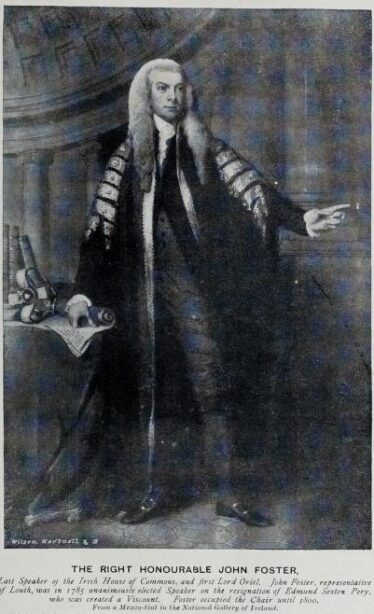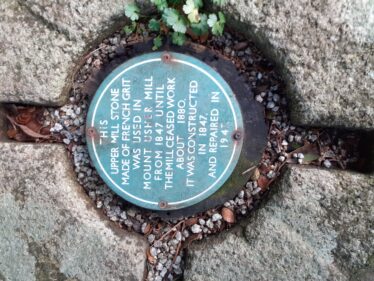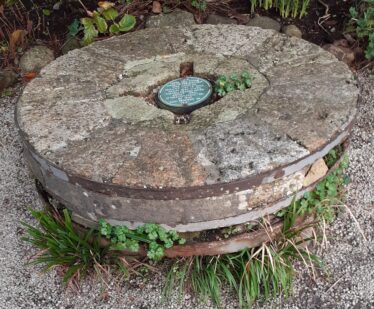WICKLOW MILLS







Over the centuries, Ireland’s agricultural system had been predominantly pasture, small farms with a few cows or sheep.
During the 1600’s and 1700’s, dissatisfaction grew.
Food shortages became more and more common, often leading to riots.
Foster’s Corn Laws
In 1784, Foster’s Corn Laws were passed through the Irish parliament.
The two main laws were set to transform Irish farm practices :
- A LEVY ON CORN IMPORTS.
- A BOUNTY ON CORN EXPORTS.
Transformation
In farms all across Wicklow and Ireland, pasture was replaced by tillage. Corn was suddenly growing everywhere. Lands previously thought unsuitable were now used to grow corn. Bogs and marshes were drained and used for tillage. Corn appeared on thin soils on the lower slopes of mountains.
Cornmills began to appear everywhere. In north-east Wicklow, by 1840, mills were established at the following locations :
Belleview Estate, Delgany
Killincarrig
Kilcoole
Newtownmountkennedy
Glen mill, Newcastle
Mount Usher, Ashford
Over the next 100 years, the tide switched again. Ireland was about to become one of the world’s prime beef and dairy producers. The mills fell into ruins, or were converted into housing or factories. Of the 6 mills listed above, only Killincarrig mill is still standing. As the concrete jungle encroaches, the mill stands, despite its dilapidated state, as a reminder of an important era in our history. Local placenames reflect this : Carrig Mill, Burnaby Mill, Mill Grove, Mill Road, Mill Lane.
Killincarrig Mill
In 1837, Arthur Jones of Killincarrig House, Delgany, is recorded as having an extensive flour mill at Killincarrig. This 6-bay, 4-storey mill was built in 1837. It originally had a slate hipped roof. Its location is on land within the Burnaby estate. The mill was referred to as Courtney’s mill. It had an iron mill wheel from the Hammond Lane foundry. The water was diverted from the nearby Three Trouts Stream, using a mill-race which ran along beside Mill Lane.
Beside the mill, there’s a millhouse, also constructed in 1837. The millhouse is still here, and is used as a private family home.
Owners
Arthur Jones died in 1871. He had a son, Arthur Valentine Jones, who married Annie Cunningham in 1872.
In 1870, John Carroll of Killincarrig is registered as miller. A daughter, Mary Anne Carroll, was born to John and his wife Anne in this year.
In 1875, when Frederick Percy Ainscow was born, his father, Thomas Ainscow was registered as mill owner at Killincarrig.
The next owner was James Courtney, married to Martha Fox. James was son of Thomas Courtney, who was in the military. Martha was the daughter of Richard Fox of Coolagad, a gentleman.




No Comments
Add a comment about this page